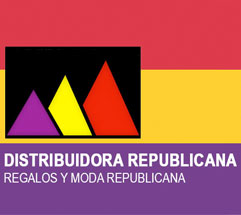Co Investment Agreement Private Equity
IT is also possible that PE companies may receive payments from companies in their portfolios to promote business. Such agreements are also risky for co-investors because they have no say in the selection or structuring of the agreement. For the most part, the success (or failure) of deals depends on the insight of the managers of private equity professionals. In some cases, this may not always be optimal, as the agreement may go away. Co-investment vehicles are often structured with administrative documents similar to those of the main PE fund. The co-investment instrument through which co-investment is made and the agreements underlying the vehicle are important and should not be overlooked. Consideration should be given to the particular nature of co-investment relationships and interaction with the main MOU fund, including the allocation of expenditures and the payment of royalties; The distribution of opportunities Vote; management`s responsibilities. To ensure fairness and transparency, weighing funds and pep funds should review and implement best practices, including strong disclosure, fairness of attribution and vigilance in the face of potential conflicts of interest. A well-structured co-investment vehicle, with carefully prepared funding agreements and related documents, can address and mitigate many of the potential pitfalls. In addition, several aspects of a co-investment structure can influence a co-investor`s performance – which requires generalized attention and planning, including: overall, a co-investment is an investment in a given transaction by sponsors (PIT) of a major private equity fund (PE) next door, but not through that main PE fund. This is often done through a separately structured co-investment instrument, which is governed by a separate set of agreements. Co-investments are also attractive to PE and matching funds for a number of reasons, including: financing for PE funds to access additional capital; A way to enable PE funds to make significant individual investments that are not available or undesirable elsewhere; and a way for LDCs, among others, to achieve greater diversification and a greater share of desirable investments.

